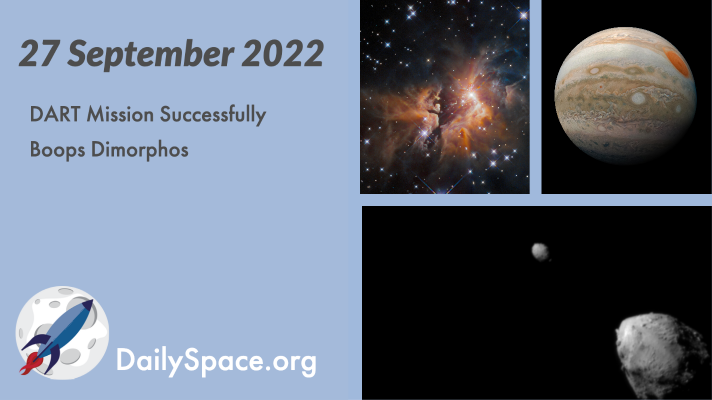
Sep 29, 2022 | Artemis, Asteroids, Cosmology, Daily Space, DART, ESA, Galaxies, Jupiter, Mercury, Moon, Rockets, Science, Spacecraft, SpaceX, Starlink, Stars
After ten months of space travel, NASA’s DART spacecraft arrived at the asteroid Didymos, targeted the moonlet Dimorphos, and successfully flung itself at the surface. Multiple observations confirm that the system brightened and even managed to resolve a cloud of debris. Plus, rocket launches, an update on the SLS, some broken physics, and International Observe the Moon Night.
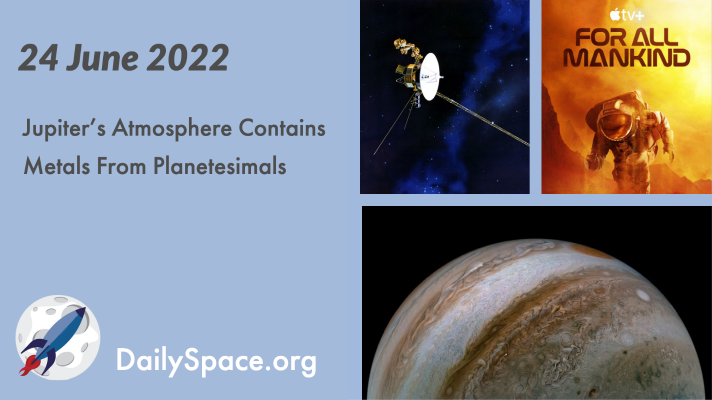
Jun 27, 2022 | Climate Change, Daily Space, Earth, ESA, Europa, Globular Cluster, Jupiter, Mercury, Spacecraft, Voyager I & II
A recent paper examined data from NASA’s Juno mission and found that Jupiter’s atmosphere not only contains metals but also is not a homogenous mix. The likely culprits are the remains of planetesimals from the early solar system. Plus, a Voyager update, a new Mercury image, sulfur residue on Europa, and a review of “For All Mankind”.
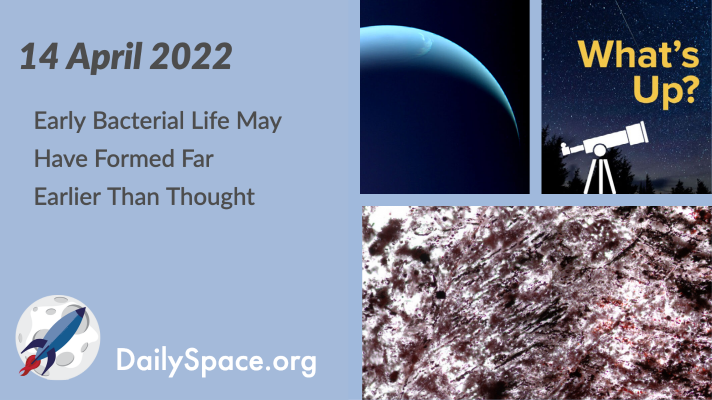
Apr 15, 2022 | Asteroids, Astrobiology, Comets, Crewed Space, Daily Space, Earth, Galaxies, JWST, Lucy, Mars, Mercury, Moon, Neptune, Saturn, Sky Watching, Stars, Supermassive Black Holes, Venus
An analysis of microscopic features in rocks from the Nuvvuagittuq Supracrustal Belt in Quebec, Canada, which date back between 3.75 and 4.28 billion years, finds evidence of possible microbial life. Plus, a supermassive black hole precursor, temperatures on Neptune, check-ins with various spacecraft, and our weekly What’s Up segment.
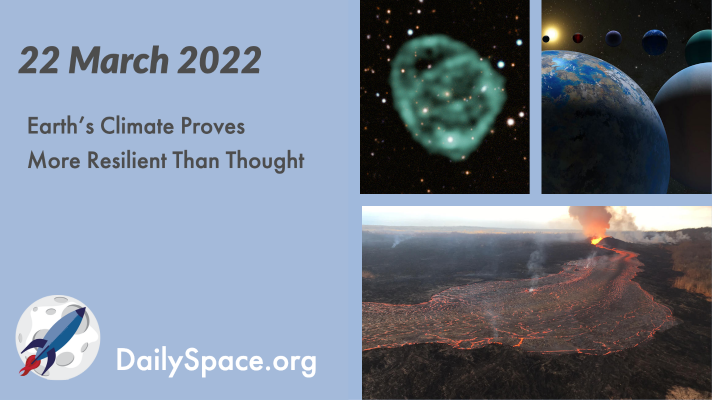
Mar 23, 2022 | Climate Change, Daily Space, Earth, Exoplanets, Galaxies, Mercury, Moon, Observatories, Space Policy, SpaceX, Spitzer
Computer models of the effects of an eruption event similar to the Columbia River Flood Basalt show that, despite massive injections of sulfur dioxide into the atmosphere, Earth’s climate rebounded much more quickly than expected. Plus, ORCs, lunar swirls, exoplanets, and diamonds.
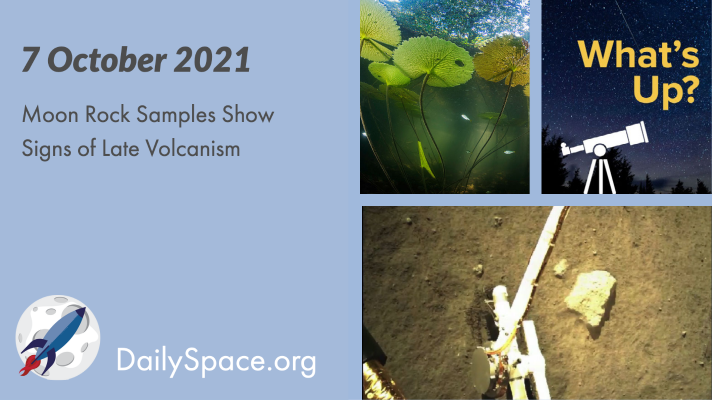
Oct 8, 2021 | Active Galaxies, Climate Change, Comets, Daily Space, Earth, Mercury, Moon, Sky Watching, Spacecraft, Stars
An analysis of the most recent sample taken from the Moon and returned by the Chang’e-5 mission shows that the basaltic rock is about two billion years old. This age implies a previously unknown heat source in the region. Plus, how plants and animals record climate change and this week’s What’s Up.
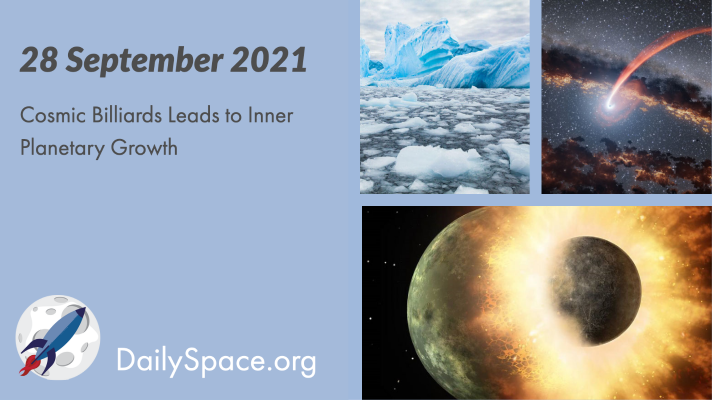
Sep 29, 2021 | Black Holes (Stellar), Climate Change, Daily Space, Earth, Mars, Mercury, Moon, Our Solar System, Stars, Venus
The inner solar system was a wild and wooly place as the planets were forming, and new research shows that the collisions that formed Earth and Venus were likely of the hit-and-run variety. Plus, polar ice loss warps the planet, and a black hole eats a star.








 We record most shows live, on Twitch. Follow us today to get alerts when we go live.
We record most shows live, on Twitch. Follow us today to get alerts when we go live.